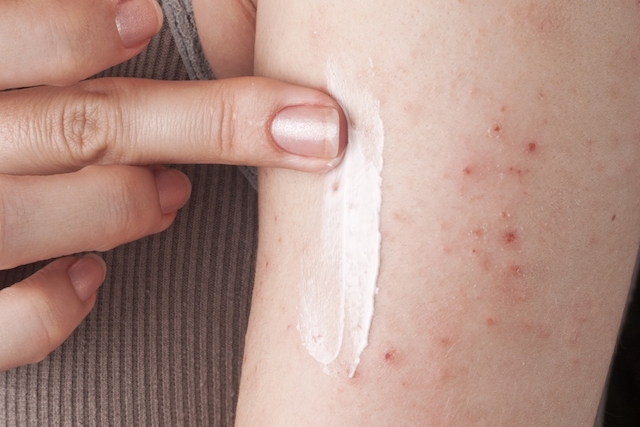Myelomeningocele is the most severe type of spina bifida, in which the baby's spine bones do not develop properly during pregnancy, causing the appearance of a pouch on the baby's back that contains the spinal cord, nerves and cerebrospinal fluid.
Generally, the appearance of the myelomeningocele pouch is more frequent at the bottom of the back, but it can appear anywhere on the spine, causing the child to lose the sensitivity and function of the limbs below the location of the problem.
Myelomeningocele has no cure because, although it is possible to reduce the bag with surgery, the injuries caused by the problem cannot be completely reversed.

How the treatment is done
Treatment for myelomeningocele is usually done within the first 48 hours after birth by performing surgery to close the spine and protect the spinal cord, avoiding infections or serious injuries that can endanger the baby's life.
In addition, most babies with myelomeningocele can also develop hydrocephalus, which is a problem in which there is excessive accumulation of fluid inside the skull and, therefore, it may be necessary to have a new surgery to place a drainage system. Understand what Hydrocephalus is.
After surgery, the doctor may also recommend that the baby undergo physical therapy soon after recovery to maintain the amplitude of the joints and prevent muscle atrophy during growth. Learn more about the treatment of Myelomeningocele.
Main symptoms
The main symptom of myelomeningocele is the appearance of a pouch on the baby's back, however, other signs include:
- Difficulty or lack of movement in the legs; Muscle weakness; Loss of sensitivity to heat or cold; Urinary and fecal incontinence; Malformations in the legs or feet.
Usually, the diagnosis of myelomeningocele is made at birth with the observation of the bag on the baby's back. In addition, the doctor usually requests neurological exams to check for any nerve involvement.
Causes of Myelomeningocele
The cause of myelomeningocele is not yet well established, however it is believed to be the result of genetic and environmental factors, and is usually related to a history of spinal malformations in the family or folic acid deficiency.
In addition, women who used certain anticonvulsant medications during pregnancy, or have diabetes, for example, are more likely to have myelomeningocele.
To prevent myelomeningocele, it is important that pregnant women supplement with folic acid before and during pregnancy, because in addition to preventing myelomeningocele, it prevents premature birth and pre-eclampsia, for example. See how folic acid supplementation should be done during pregnancy.












